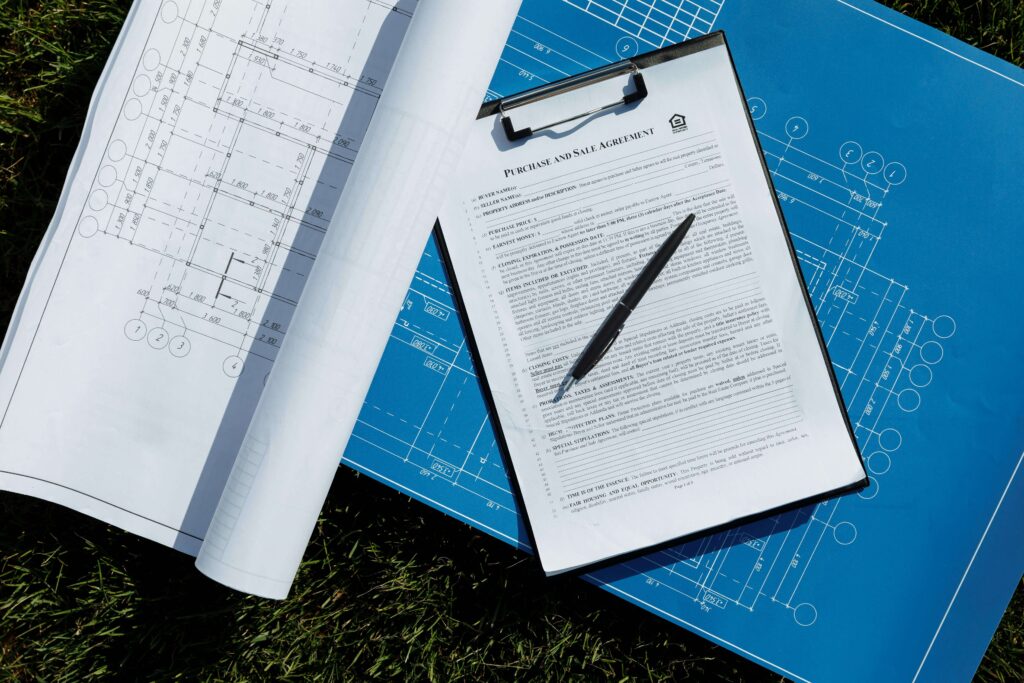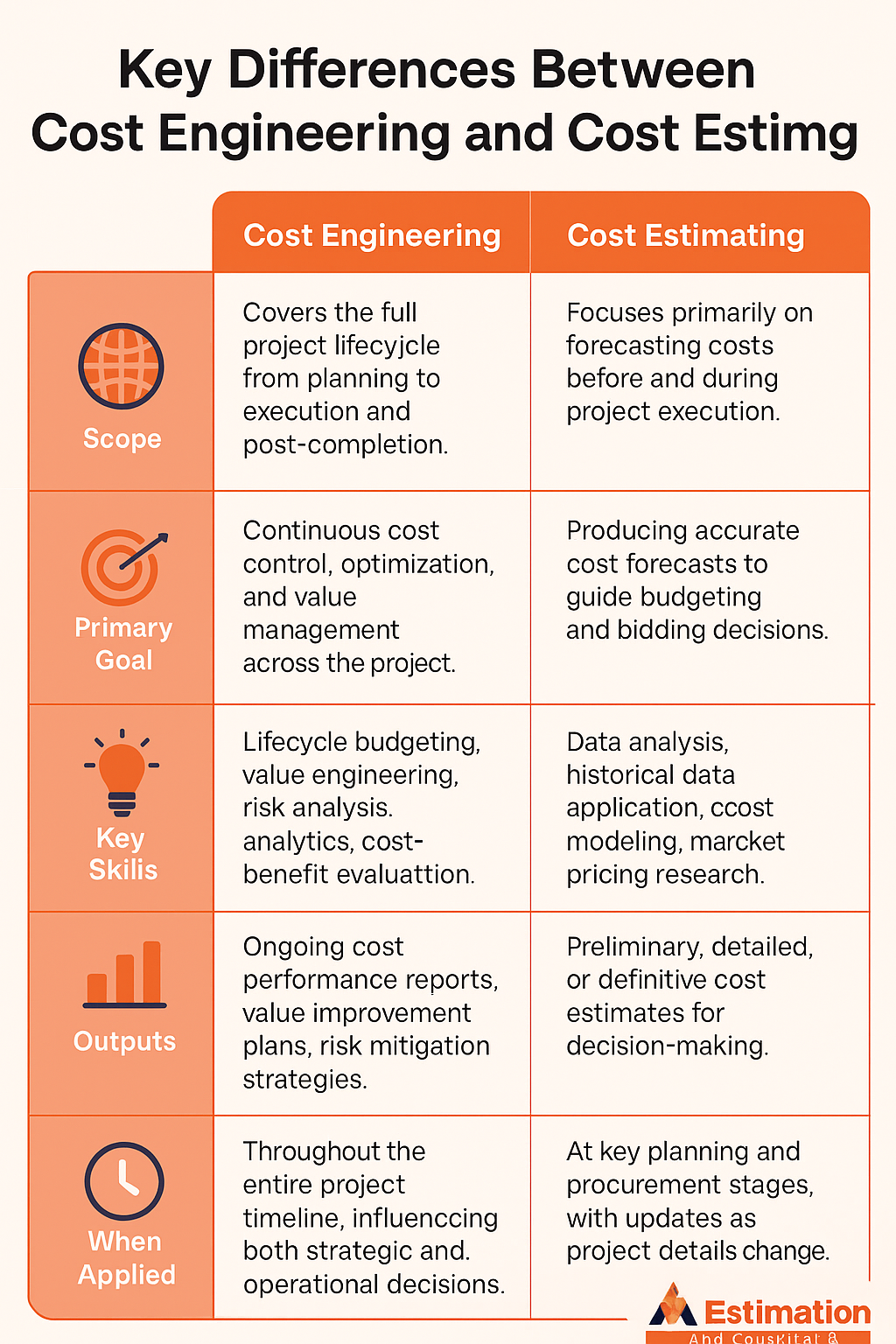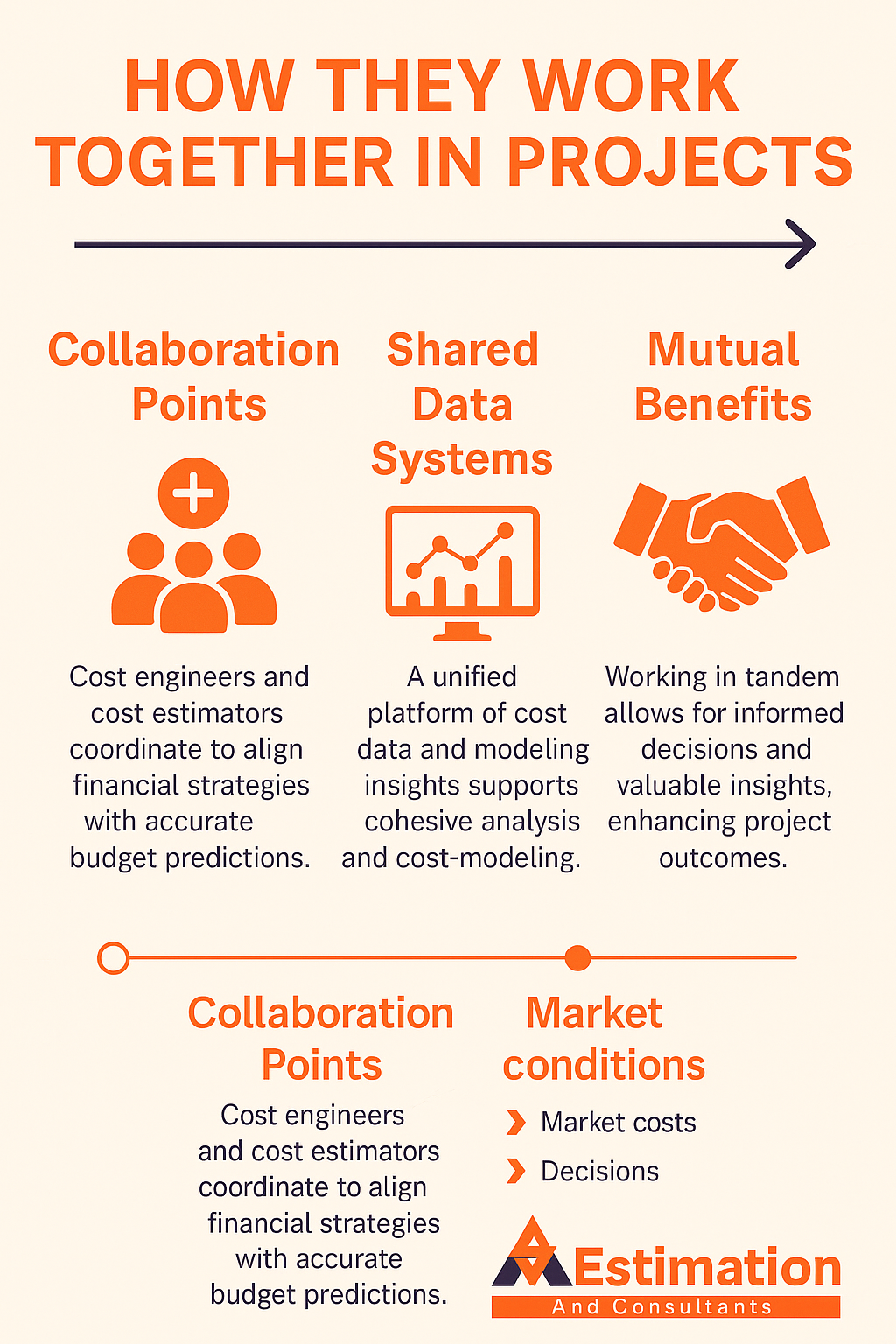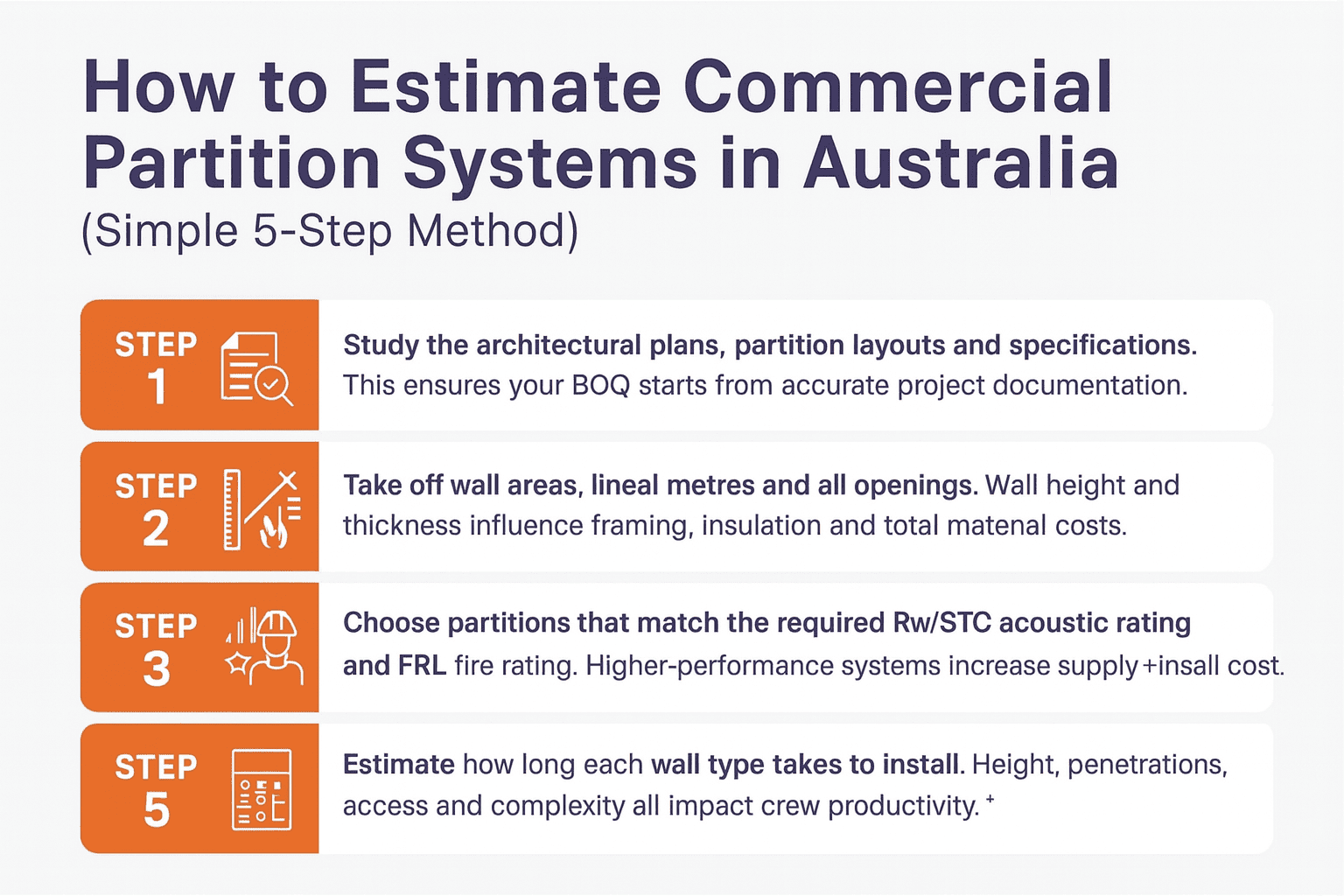In project management, knowing the difference between cost engineering and cost estimation can be the factor that separates success from failure. Both play a vital role—one focuses on predicting costs before work begins, while the other ensures those costs stay controlled throughout the project lifecycle.
When teams overlook this distinction, they risk budget overruns, inefficient planning, and reduced stakeholder confidence. By understanding how each discipline works—and how they complement each other—project managers can make informed decisions backed by accurate data and strategic oversight. This clarity sets the foundation for stronger analytics, better risk control, and more predictable outcomes.

What is Cost Engineering?
Cost engineering is the discipline focused on managing and optimising costs throughout a project’s lifecycle. It blends technical insight with financial strategy to ensure resources are used effectively. This approach doesn’t just track spending—it actively guides decisions to achieve the best balance between value, performance, and budget. By integrating cost analysis, value management, and cost optimisation, cost engineering helps projects stay on track from concept to completion.
Functions of Cost Engineering
Cost engineering serves as the financial compass of a project, ensuring every stage is monitored and controlled for efficiency. It is not limited to estimating costs at the start; it continues throughout the lifecycle, identifying risks, finding opportunities for value gains, and preventing overruns.
- Project Lifecycle Cost Control – Tracks and manages costs from design to delivery, ensuring budgets remain realistic and aligned with objectives.
- Value Engineering for Efficiency Gains – Optimises design and execution to deliver maximum functionality at minimum cost.
- Risk Analysis to Avoid Overruns – Identifies and mitigates financial risks before they impact delivery timelines or profitability.
Tools & Techniques Used
Cost engineers rely on structured, data-driven tools to make informed decisions and maintain budgetary discipline. These techniques combine traditional project management methods with modern analytics to enhance accuracy and foresight.
- Earned Value Management (EVM) – Integrates cost, schedule, and scope to track progress and forecast outcomes.
- Cost-Benefit Analysis – Evaluates options to ensure resources deliver the highest possible return.
- Analytics and Big Data – Leverages historical data and predictive models to improve cost forecasting and decision-making.
What is Cost Estimating?
Cost estimating is the process of forecasting the financial resources needed to complete a project before work begins. It blends historical data, cost modeling, and market insights to produce accurate cost forecasts that guide budgeting, bidding, and decision-making. In essence, it turns raw data into a clear financial roadmap for execution.
Types of Estimates
Different stages of a project require different types of estimates, each with its own level of detail and accuracy. Understanding these categories ensures stakeholders can make informed decisions at every phase.
- Preliminary Estimates – Broad, early-stage projections based on limited data to assess project feasibility.
- Detailed Estimates – More refined calculations are developed once design details and specifications are clearer.
- Definitive Estimates – Highly accurate figures, usually prepared just before contract signing, with minimal uncertainty.
Accuracy Factors
The precision of an estimate depends on the quality of the data and the clarity of the project scope. Market conditions, labour availability, and material price fluctuations also play critical roles. Skilled estimators mitigate these variables through careful data analysis and market monitoring.
- Data Quality – Reliable historical data and verified cost inputs improve forecast accuracy.
- Scope Definition – Clearly outlined project deliverables prevent scope creep and unexpected costs.
- Market Conditions – Tracking commodity prices, supply chain stability, and labour rates reduces uncertainty.

Key Differences Between Cost Engineering and Cost Estimating
Understanding the differences between cost engineering and cost estimating is essential for making informed project decisions. While both contribute to controlling project expenses, they differ in scope, purpose, skills, and timing within the project lifecycle.
| Factor | Cost Engineering | Cost Estimating |
| Scope | Covers the full project lifecycle, from planning to execution and post-completion. | Focuses primarily on forecasting costs before and during project execution. |
| Primary Goal | Continuous cost control, optimization, and value management across the project. | Producing accurate cost forecasts to guide budgeting and bidding decisions. |
| Key Skills | Lifecycle budgeting, value engineering, risk analysis, analytics, cost-benefit evaluation. | Data analysis, historical data application, cost modeling, market pricing research. |
| Outputs | Ongoing cost performance reports, value improvement plans, risk mitigation strategies. | Preliminary, detailed, or definitive cost estimates for decision-making. |
| When Applied | Throughout the entire project timeline, influencing both strategic and operational decisions. | At key planning and procurement stages, with updates as project details change. |
Takeaway:
Cost engineering is a broader discipline focused on maintaining value and controlling costs across the entire lifecycle, while cost estimating is a more specific task aimed at predicting costs at particular stages. Both work best when integrated, ensuring projects stay financially and strategically on track.
How They Work Together in Projects
Cost engineering and cost estimating aren’t isolated disciplines—they thrive when integrated. By working hand-in-hand, they create a feedback loop that improves accuracy, reduces waste, and strengthens decision-making across the entire project lifecycle. Cost estimators provide the early financial map, while cost engineers ensure that map stays on course during execution.

When these two roles collaborate, the result is more informed decisions, better risk control, and valuable insights that benefit every stakeholder. From shared data systems to joint review sessions, their synergy translates into projects that meet budgets without sacrificing quality.
Industry Applications and Case Studies
Cost engineering and cost estimating are not confined to one sector—they adapt to the specific needs, risks, and scale of different industries. By looking at real-world applications, we can see how these disciplines drive efficiency, accuracy, and profitability in diverse settings.
Construction
In construction, both functions are critical from tendering to handover. Cost estimating sets accurate budgets using historical data and market trends, while cost engineering ensures those budgets hold firm during the project lifecycle. Together, they help avoid overruns and keep stakeholders confident.
- Example: A high-rise residential project reduced cost overruns by 12% through rigorous earned value management and continuous cost forecasting.
Infrastructure
Large-scale infrastructure projects—like bridges, highways, and rail networks—rely heavily on cost engineering for lifecycle budgeting and risk analysis. Cost estimating ensures accurate bids, while cost engineering manages risks over multi-year timelines.
- Example: A regional transport authority used integrated cost modeling and value engineering to deliver a $500M rail extension on schedule and within budget.
Manufacturing
In manufacturing, cost estimating determines feasibility before production begins, factoring in raw materials, labor, and tooling. Cost engineering then streamlines processes to optimize efficiency and reduce waste.
- Example: A manufacturing firm improved profit margins by 8% through production line reconfiguration informed by cost-benefit analysis and cost optimization studies.
Best Practices for Implementing Both in Your Organisation
Integrating cost engineering and cost estimating successfully is less about having the right tools and more about embedding them into your organisation’s DNA. It requires clear structures, the right technology, measurable performance targets, and cultural adoption.
Define Roles and Responsibilities Clearly
Avoid overlap and confusion by setting precise boundaries for cost engineers and cost estimators. Cost engineers manage the broader lifecycle and risk strategies, while cost estimators focus on accurate forecasts. This clarity prevents duplicated work and improves accountability.
Invest in Technology and Data Analytics
Adopt modern software that supports both cost control and estimation functions for both, reisdential and commercial estimating. Integrated platforms improve data accuracy, reduce manual errors, and give both teams real-time access to cost models, historical data, and market analytics.
Embed in Governance and Processes
Make these functions part of your organisational governance, not just project-by-project activities. Integrate them into:
- PMO frameworks – ensuring consistency across all projects
- Procurement policies – linking cost control to supplier contracts
- Reporting cycles – including cost performance in executive dashboards
Track Key Performance Indicators (KPIs)
Measuring performance ensures accountability and improvement. Consider:
- Cost variance (%) – difference between estimated and actual cost
- Estimate accuracy (%) – precision at various project stages
- Cost-to-value ratio – financial return on cost investments
Continuous Training for Accuracy and Efficiency
Regular training keeps teams up to date on new tools, industry pricing trends, and risk assessment techniques. This ensures both accuracy in estimation and agility in cost engineering.
Drive Stakeholder Buy-In
Even the most accurate systems fail if stakeholders don’t trust or use them. Build buy-in by:
- Demonstrating quick wins through early savings
- Involving stakeholders in tool selection and process design
- Providing transparent reports that show value delivered
FAQs – Understanding Cost Engineering vs. Cost Estimating
The main difference between cost engineering and cost estimating is that cost estimating is about predicting the expected cost of a project before it starts, while cost engineering is about managing and controlling those costs throughout the project. Estimating sets the baseline; engineering ensures you stick to it.
A project cannot run effectively with only cost estimating because estimating provides a starting point but lacks the ongoing control that cost engineering offers to manage risks, handle changes, and prevent budget overruns.
Cost engineers use data differently from cost estimators by combining historical cost data with real-time project analytics, performance tracking, and risk analysis, while estimators mainly focus on past data and cost models to forecast budgets.
Industries that need both cost engineering and cost estimating include construction, infrastructure, manufacturing, oil and gas, and defense, where complex projects and high-value investments make precise cost management essential.
Cost engineering is not only relevant for large projects because it also benefits smaller projects by improving efficiency, reducing waste, and ensuring profitability regardless of project size.
Conclusion: Making the Right Choice for Your Project
Choosing between cost engineering and cost estimating isn’t about picking one over the other—it’s about knowing when and how to use both for maximum project success. Cost estimating gives you the precise numbers you need before breaking ground, while cost engineering ensures those numbers stay on track throughout the lifecycle.
The most successful projects leverage both disciplines strategically. By combining accurate forecasts with ongoing cost optimization and informed decision-making, organisations can reduce overruns, manage risks effectively, and deliver stronger value to stakeholders. In today’s competitive market, this dual approach isn’t just best practice—it’s a project success multiplier.


